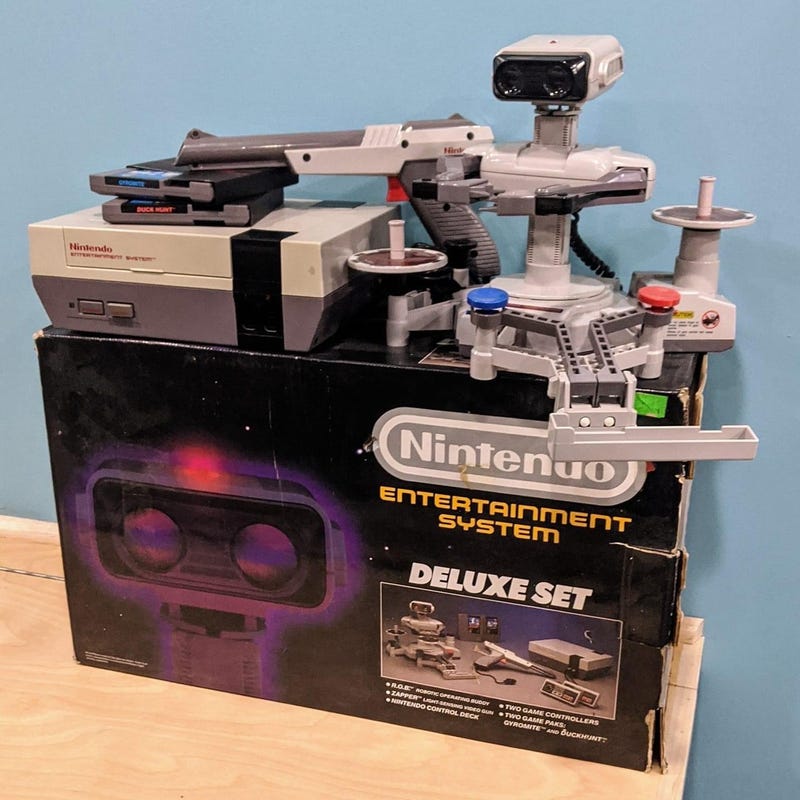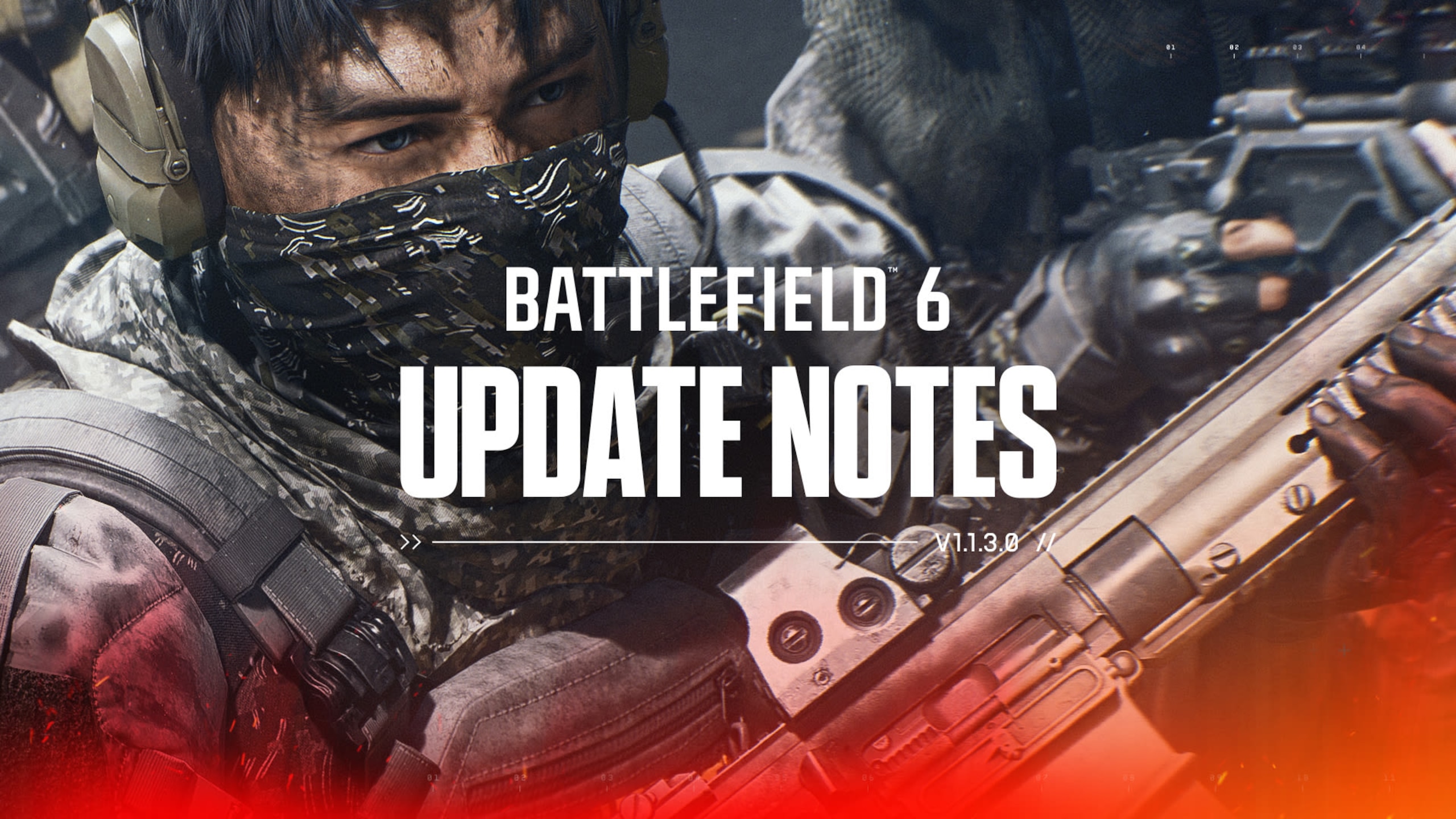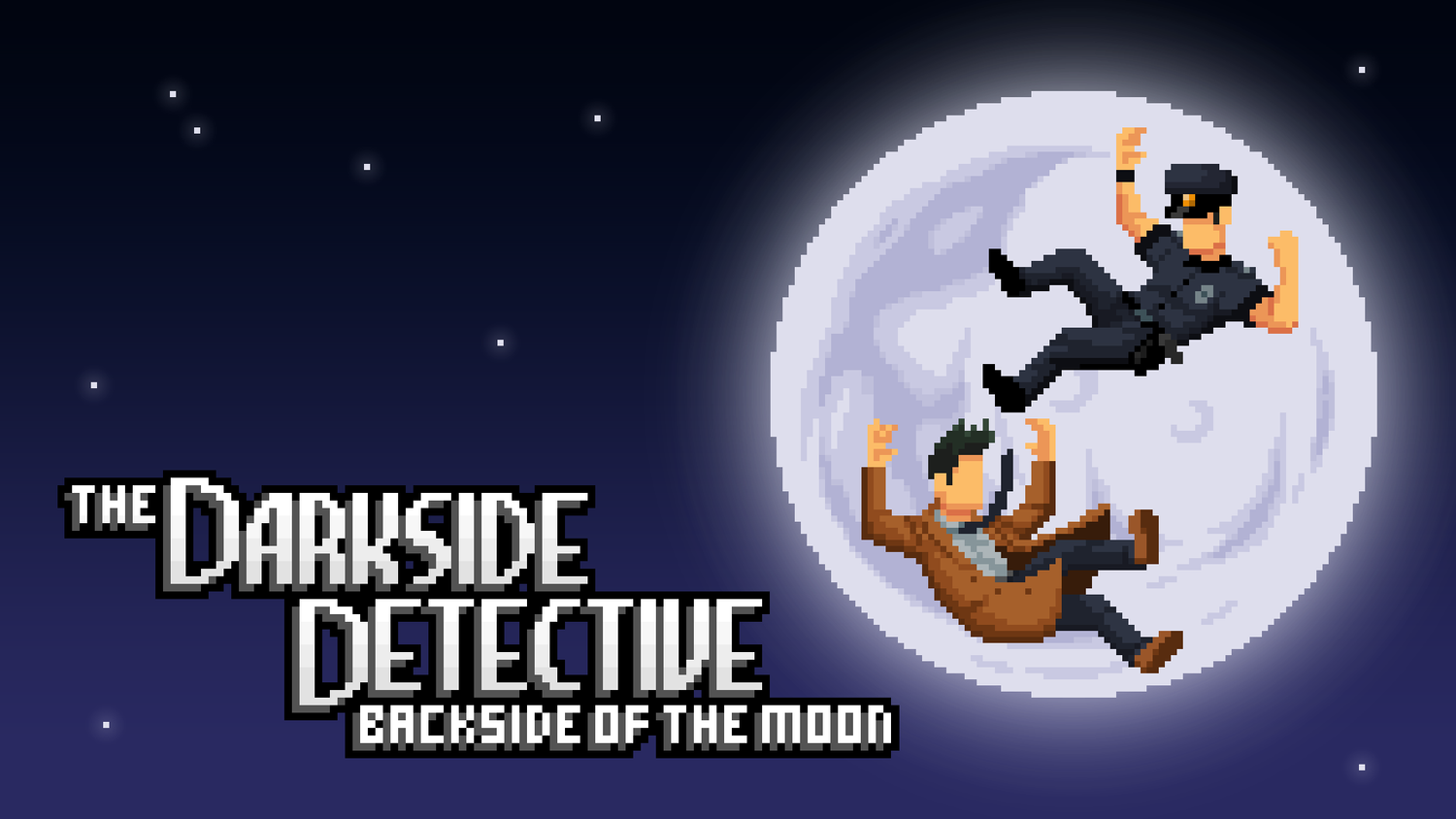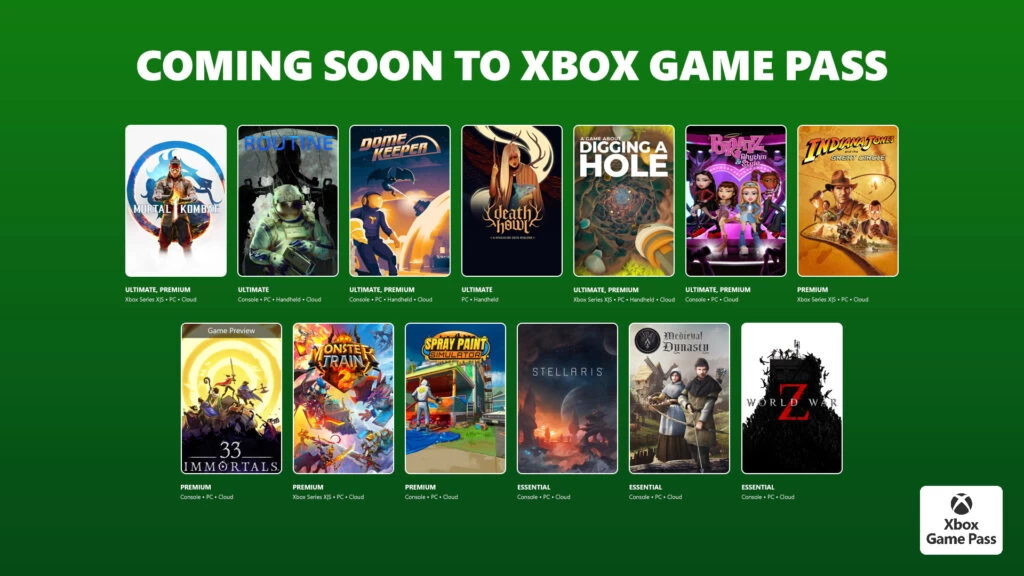At the start of the 1980s, video games were mostly relegated to coin-gobbling arcade machines, but their surging popularity prompted a Time Magazine cover story in January 1982 with a cringeworthy warning:
“GRONK! FLASH! ZAP! Video Games are Blitzing the World!”
If this sounds like Big Boomer Energy, that’s because Baby Boomers were between 20 and 40 years old at the time and represented the dominant group of consumers. Media panic about gaming addiction depicted arcades as depraved places for lowlifes. Meanwhile, an oversaturation of at-home consoles and a parade of middling games led the entire American game industry to crash in 1983.
Nintendo pretty much single-handedly saved gaming with the NES (see on Amazon) back in 1985, and pop culture has never the same. Originally released in Japan as the Famicom (“Family Computer”), the NES is a redesign specifically tailored to western markets. Instead of a video game console, it was branded as an “Entertainment System” with a “Control Deck” that used “Game Paks.”
A risky bet
“It started with a phone call in 1981,” NES creator Masayuki Uemura told author and reporter Matt Alt in 2019, “President Yamauchi told me to make a video game system, one that could play games on cartridges. He always liked to call me after he’d had a few drinks, so I didn’t think much of it. I just said, ‘Sure thing, boss,’ and hung up. It wasn’t until the next morning when he came up to me, sober, and said, ‘That thing we talked about—you’re on it?’ that it hit me: He was serious.”
Uemura, who had originally been poached from Sharp to develop light-gun technology for toys at Nintendo, then spent six months deconstructing and reverse-engineering rival consoles like the Atari 2600 and Magnavox to study the circuitry. The 8-bit Famicom he designed proved more powerful than its competitors, and the toy-like color scheme was hand-picked by a scarf that Nintendo President Yamauchi liked (the same red and white Mario wears on the cover of Super Mario Bros.). It helps that in 1984, Japanese legislators modified an act regulating entry to places like bars and casinos to include arcades out of concern that it impacted “public morals.” Younger Japanese had to resort to home consoles instead, so the Famicom came at the perfect time for it to boom.

To capitalize on the American market, however, required a totally different approach—one that would pay off big-time.
In a lecture at New York University in 2015, Uemura said the front-loading design of the NES was inspired by VCRs, a booming form of at-home entertainment in America at the time. The Game Pak cartridges are 5.25 x 4.75 x 0.75 inches, with a considerable amount of heft to them, and the simple, boxy grey design is nothing short of iconic. They slide into the front of the system, and then the user has to press the cartridge down so its brass-plated nickel connectors hit the cartridge slot’s connector pins. Frequent use actually wears down the pins, which can lead to a flawed connection.
For years, gamers propagated the myth that blowing in the Game Paks to clear out dust would solve this problem, which instead exacerbated it due to the moisture in their breath. Still, sliding the paks in, pressing them down, pressing them again, pulling them out, blowing in them, and repeating the process felt like a game unto itself.
The console’s most memorable and successful accessories was the NES Zapper, a light gun that launched alongside the console in America. “America loves guns,” Uemura said when talking about how Nintendo marketed the NES in the west. Most of us had the Super Mario Bros. / Duck Hunt dual cartridge and delighted in blasting ducks while that gleeful dog retrieved their bodies. For your typical millennial gamer, the Nintendo Entertainment System served as the primary gateway into a lifelong hobby that never let up. I have fond memories playing The Legend of Zelda with my grandmother. She would’ve loved Tears of the Kingdom.
The origin of the classics
Take one look at Nintendo’s biggest releases in the last couple years, and you can trace many of them all back to the NES: Super Mario, Zelda, Metroid, and Fire Emblem.
By 1990, Nintendo had seized more than 90 percent of the U.S. video game market, thanks in no small part to a rigid third-party licensing agreement that still serves as a major industry precedent. Game developers that wanted to publish games for the NES had to agree to an exclusive licensing deal that restricted them from porting games to other consoles. Nintendo also directly approved each game to ensure a certain standard of quality.
Konami, Capcom, Taito, and Namco all participated in this and remain prominent developers even today. Castlevania fan? Thank Nintendo and the NES for that. Even Square and Enix saw great success putting Final Fantasy and Dragon Quest on the NES. Now, 20 years after the companies merged into Square Enix, both franchises are still going strong.

Despite all its success and rapid sales over a few short years, the NES doesn’t even break the top 10 best-selling video game consoles of all time at roughly 62 million units to date — even the widely panned PlayStation Portable sold more over time — but Nintendo’s breakthrough home console remains arguably one of the most important pieces of tech ever created.
“When console games were popularized and presented to everyone, it felt like we were all exploring a new frontier of dreams together,” Masayuki Uemura told Used Games magazine in 2000. “Although some people may occasionally have wasted their money on a bad game here or there, both creators and players were obsessed with games then. I believe there’s still wonder to be found in that older generation of games.”
He was right. The NES Classic Edition — a dedicated emulator featuring 30 NES classics — rolled out from late 2016 into 2017 with many of the 2.3 million units selling out immediately. The 2018 relaunch saw similar demand.
The lasting legacy of the NES, however, lies with the Nintendo Switch which has sold more than 129 million units to date. With patents for what could be the successor to the Nintendo Switch, now’s as good a time as any to remember and appreciate what the Nintendo Entertainment System did for gaming 38 years ago.







